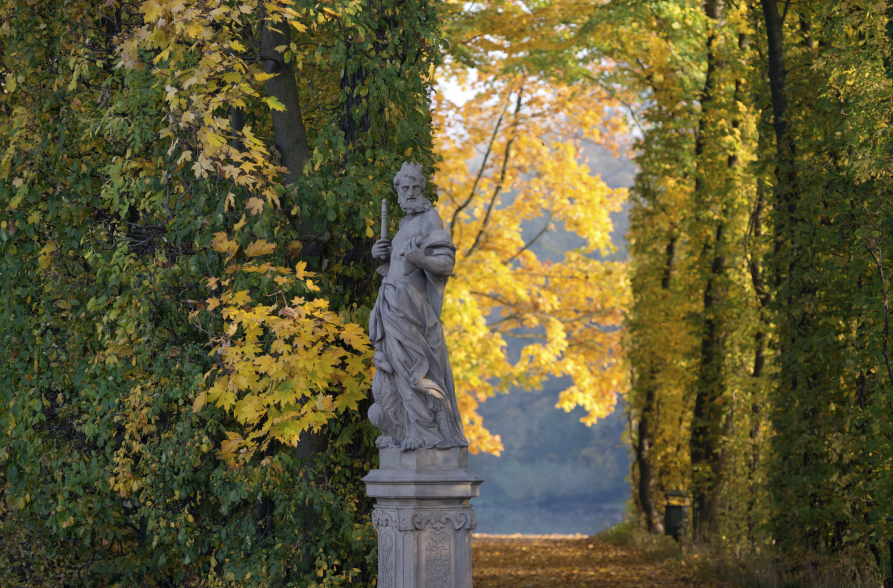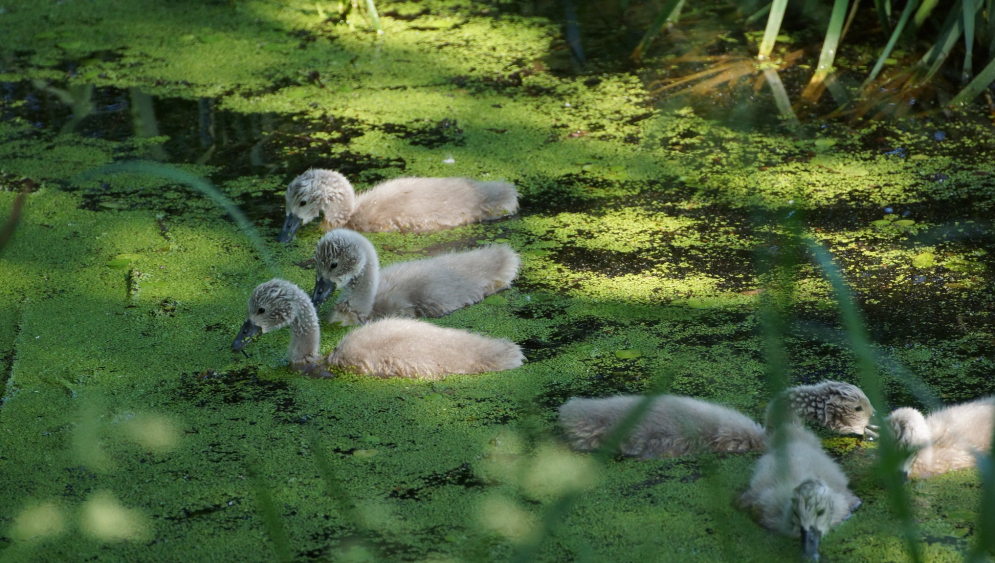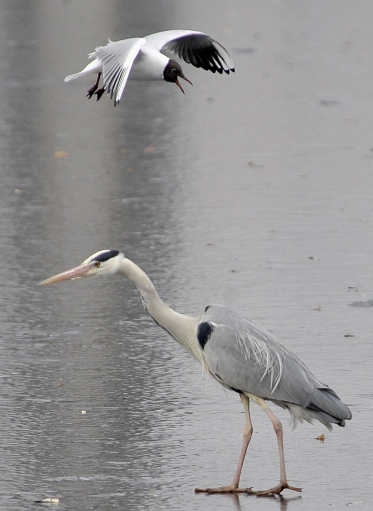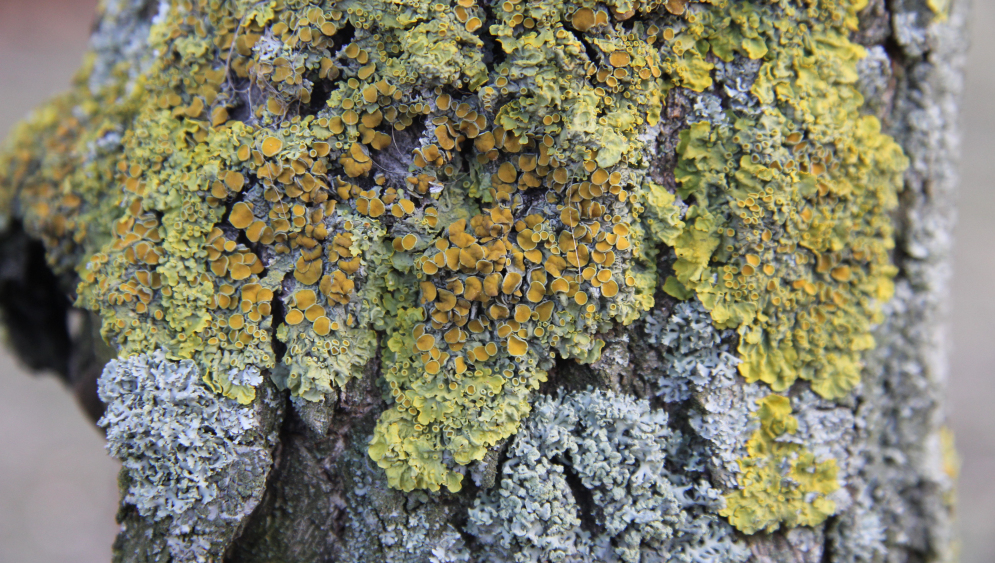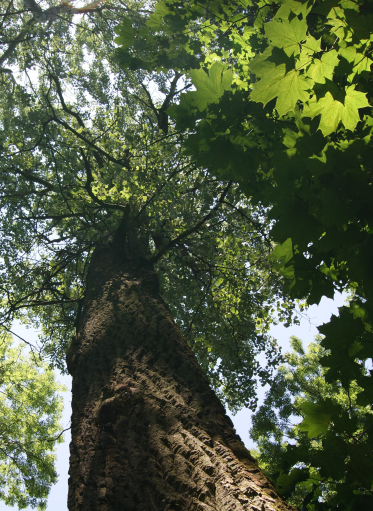Characteristics of fauna
The animal world boasts an extraordinary wealth of species. In the vicinity of the Palace live numerous birds, mammals, amphibians, reptiles and insects.
Among the most interesting which should be mentioned is the kingfisher. The preserved natural shores of the Wilanów waters abound in branches bending over the water and fallen trees. It is from such points that the kingfisher expertly seeks out its target, and then dives into the water in pursuit of the fish.
These waters are also inhabited by great crested grebes, mandarin ducks, mallard ducks, and goosander. The latter establish nests in large holes in the trunks of trees, from which in the spring the young chicks perform spectacular jumps from a height of several metres.
During a morning walk along the Park pathways, it is not uncommon to meet a fox, a house marten, or a pine marten. At night, badgers emerge from their underground burrows in search of their favourite treats... earthworms! In the gardens of Wilanów, squirrels are often seen. And with a bit of luck, visitors may meet an animal with a black mask, that is, a raccoon.
Suitable conditions for larger mammals, such as wild boar, roe deer, red deer, and occasionally elk, can be found in the Morysin Nature Reserve.
The diversity of the animal world can also be seen among the representatives of insects, the most impressive of which are butterflies. In summer, the blossoming flower beds attract multicoloured species, such as the common yellow swallowtail, the red admiral butterfly, and a butterfly with an unusual wing shape, the Polygonia c-album, sometimes known as the comma.
Characteristics of flora, fungi, and lichens
The plant resources of the Wilanów gardens and the Morysin Nature Reserve are integrally linked. However, they have a slightly different character due to the difference in habitat conditions and shaping by man.
In the vicinity of the Palace grow approximately 3,000 specimens of trees, among which native species predominate such as linden, oak, hornbeam, elm, and poplar. As many as 28 of them are extremely valuable old monumental specimens. These are complemented by exotic curiosities such as the katsura, gingko, catalpa, and honey locust. Among shrubs, special attention is deserved by the more than 40 species and varieties of roses. The undergrowth and low-lying plants in the Park are especially attractive in the spring, when the flower beds are developing, boasting anemones, crocuses, primroses, and snowdrops. Ornamental plants can be admired in the beds and in large flower pots near the Palace. Each year, more than 100,000 of these are planted in the gardens.
In the spring, these include species which were popular in the 17th and 18th centuries, such as tulips, fritillaria, forget-me-nots, and daisies. In the summer, their place is taken by heliotropes, lobelias, dahlias, and canna lilies. The gardens are additionally decorated with exotic plants grown in pots and boxes. The Wilanów collection contains mainly species from southern Europe and Asia, namely pomegranates, olives, laurels, date palms, and oranges and lemons. At Wilanów, historical useful plants are also cultivated, such as skirret, the native Kosztela apple variety, black mulberry, and wild rye. In the North Landscape Park, on the waters of Wilanowskie Lake, grow white and yellow waterlilies.
The lowest layer is a lush, multi-layered, often herbaceous forest undergrowth. Its composition depends on the degree of illumination of the depths of the forest; in early spring in particular, visitors will note the richness of perennials forming fields of flowers. In the Wilanów gardens and the Morysin Nature Reserve, there are also many species of fungi, including more than 30 taxa of lichens. Among the most valuable are indicator species, such as Parmelina tiliacea, and rare macrofungi, such as the Phleogena faginea, and Calvatia gigantea, or giant puffball.
